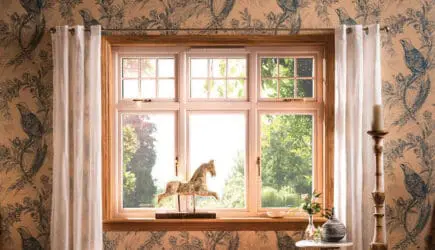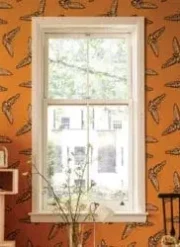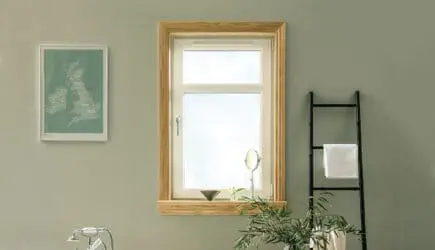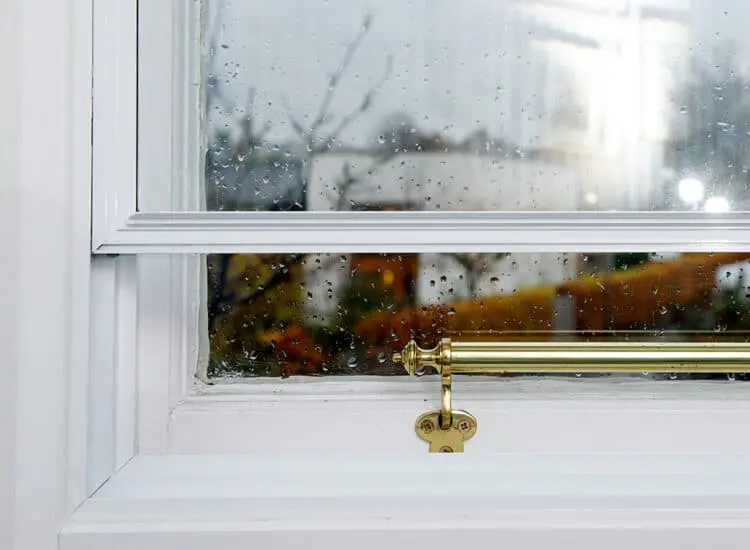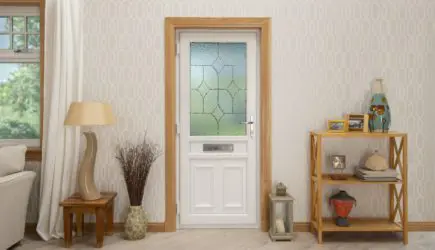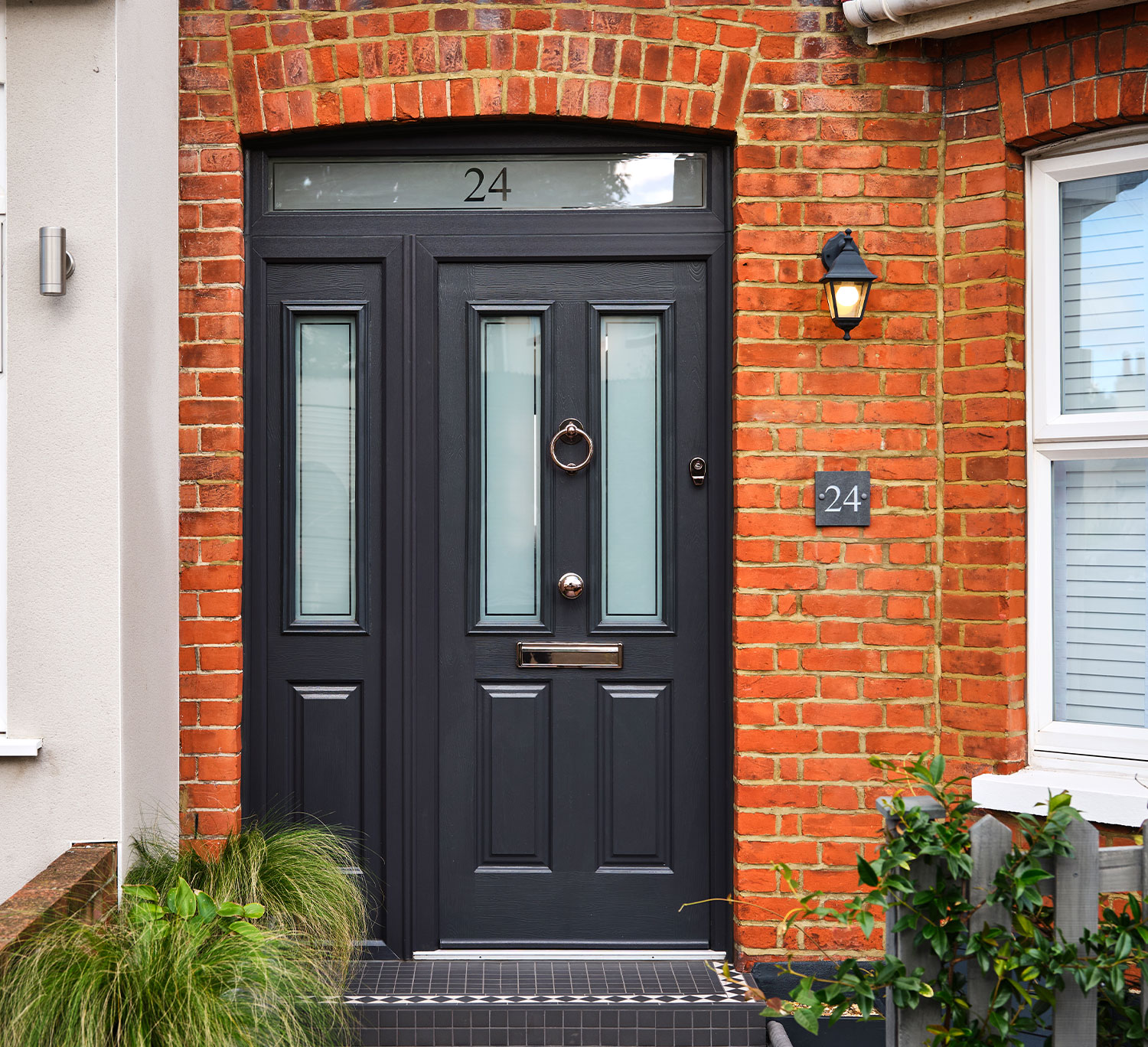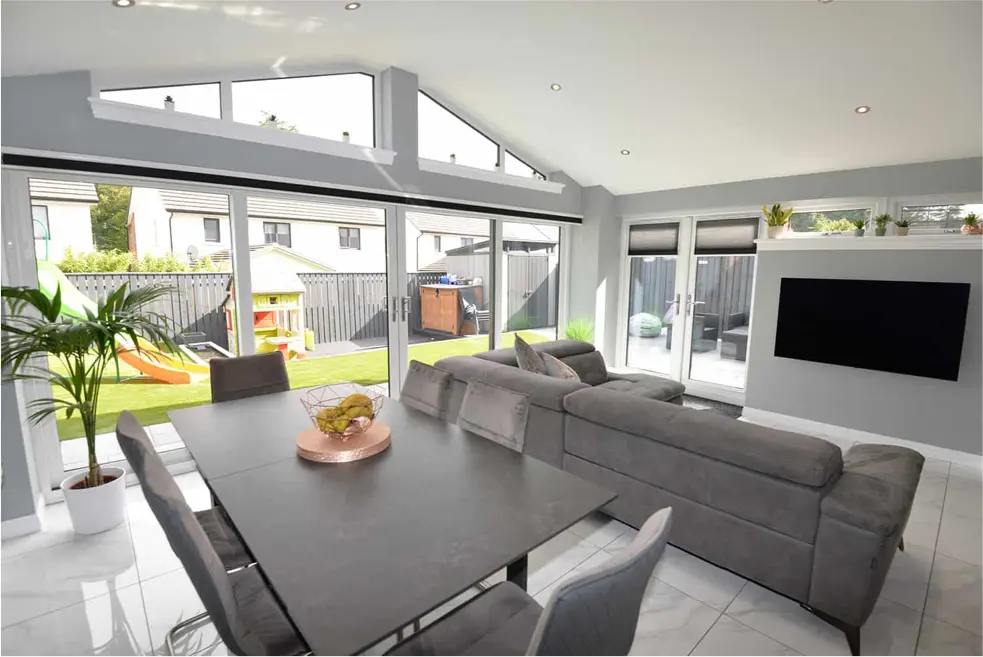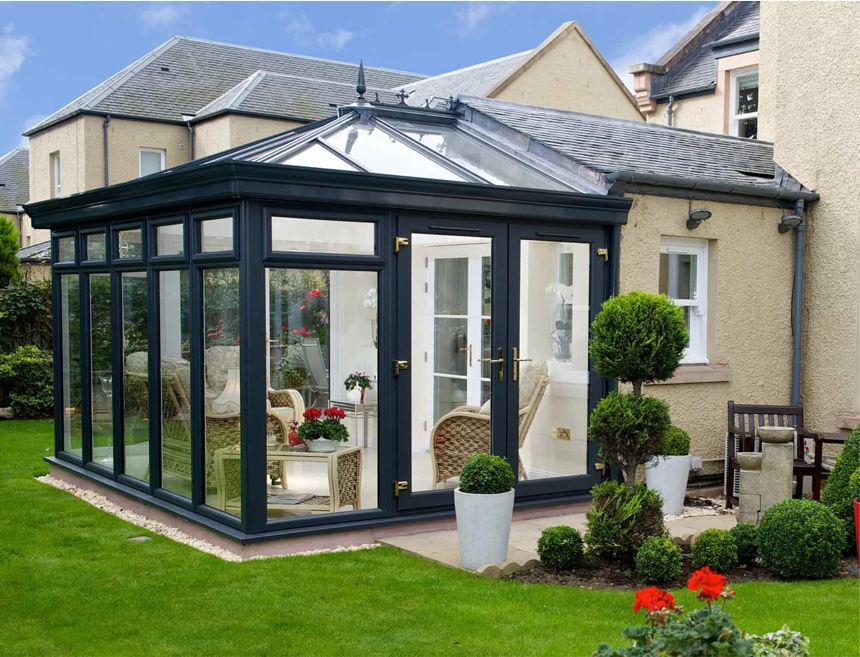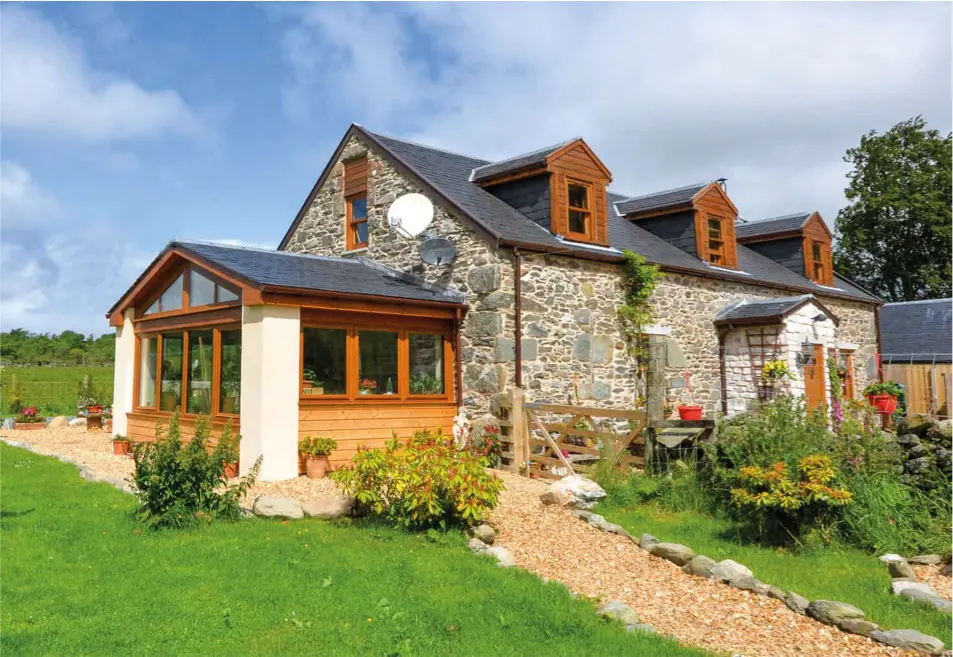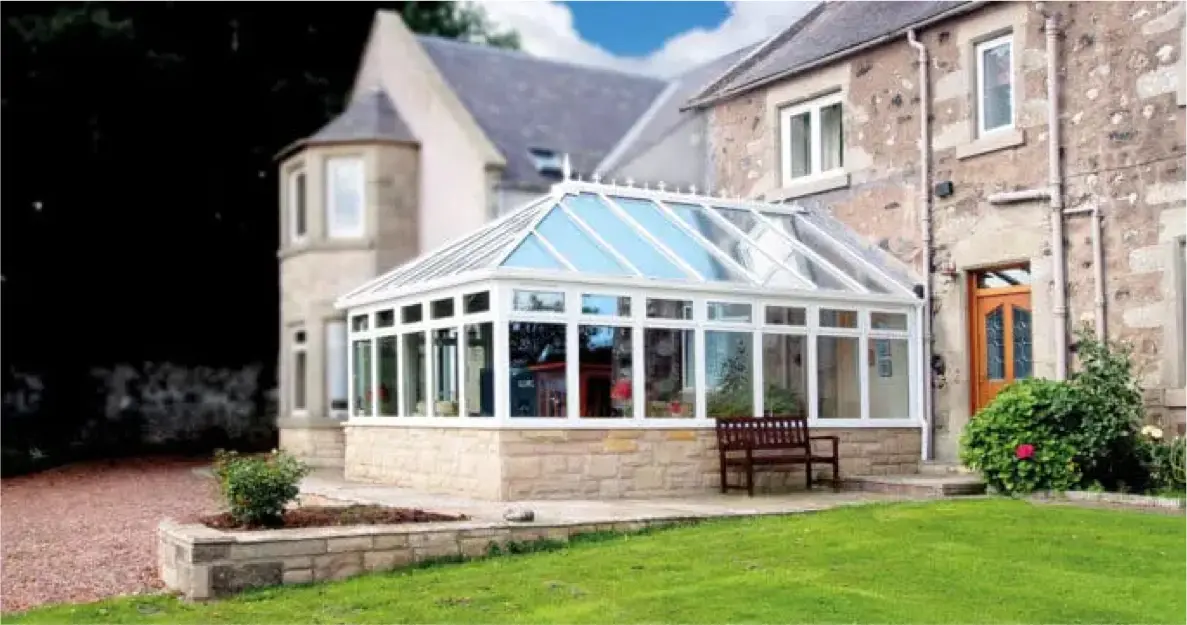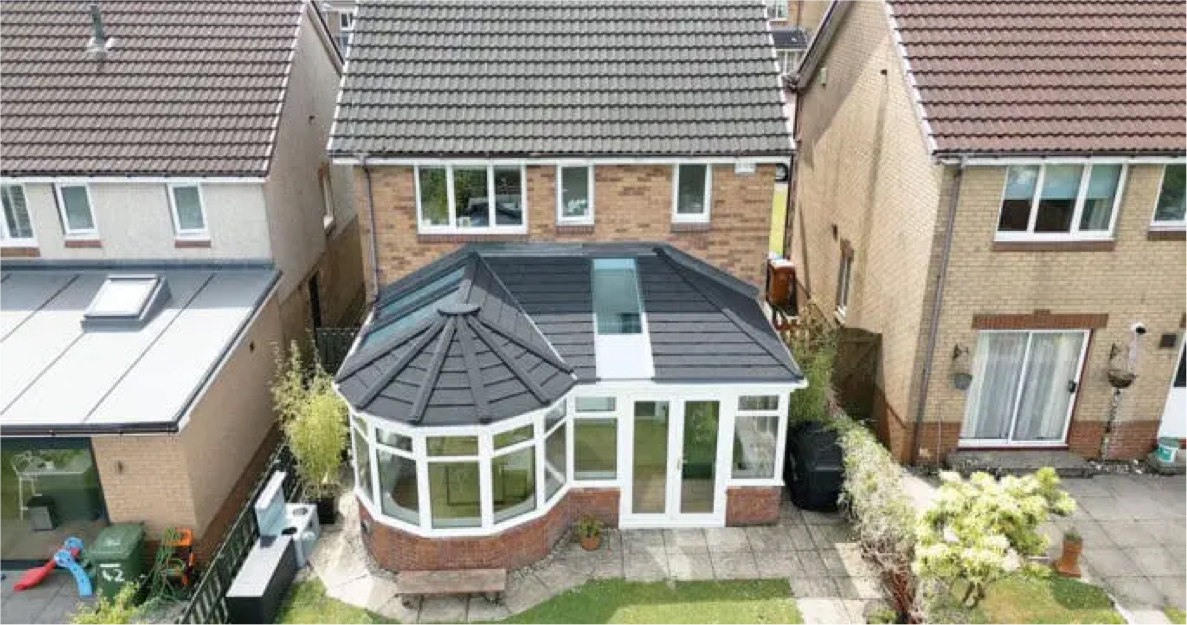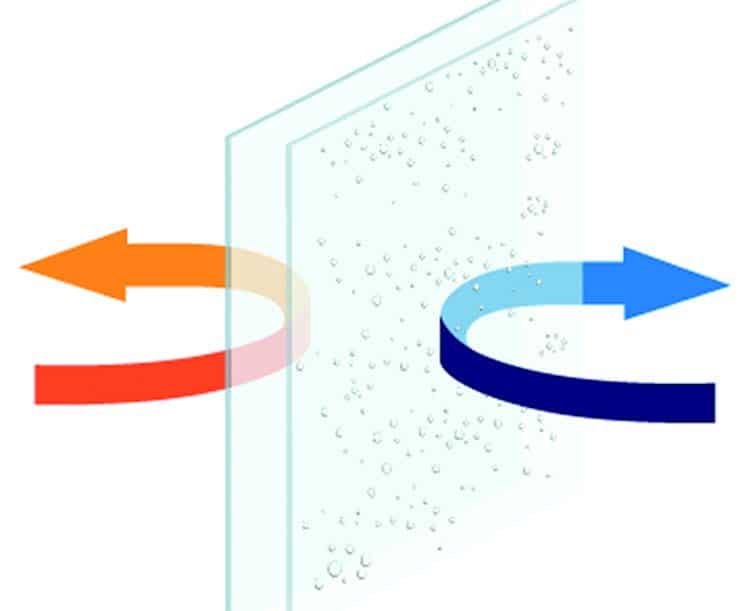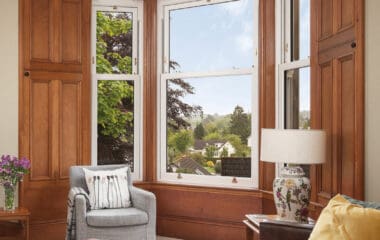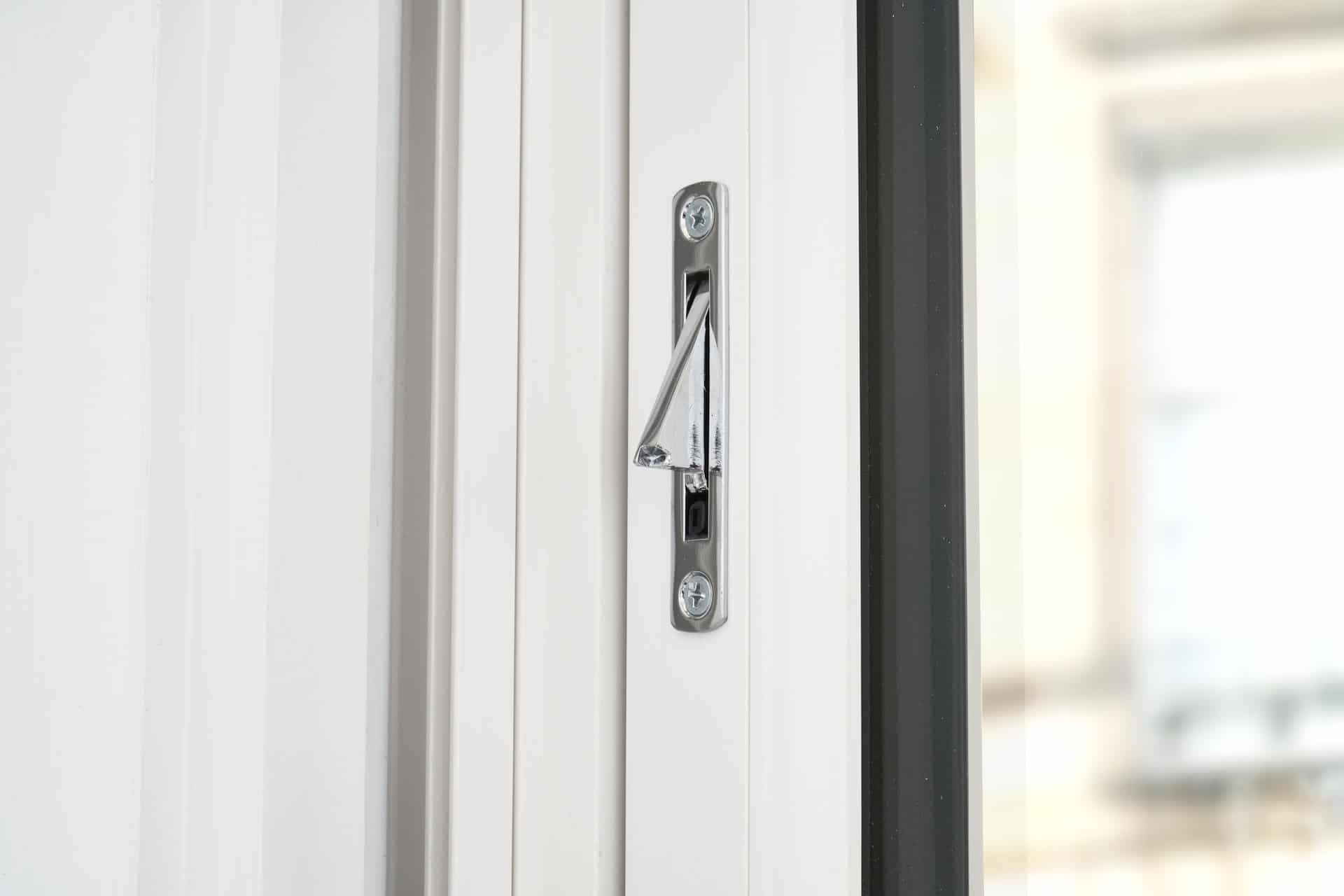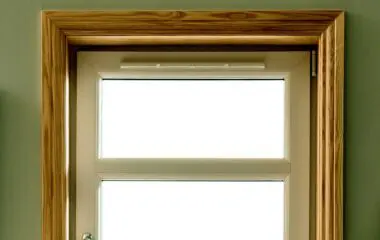Due to ongoing innovations in the thermal performance of double glazing, along with evolving Scottish Building Regulations (designed to lower carbon emissions from the home), certain weather conditions may allow the formation of external condensation on energy efficient windows and doors.
Windows manufactured with low emissivity glass have enhanced thermal insulation properties which means that heat from your home is reflected back into the room.
As a result, heat loss is reduced, not escaping through the glass to warm the outer pane. The outer pane therefore remains cooler which can then allow excess water vapour to form as droplets of moisture on the surface.
External condensation only occurs in certain climatic conditions where there is high relative humidity, clear cold conditions and is normally experienced as spring and autumn dew.
This is a natural phenomenon and an indication that the window or door is preventing heat loss from your home.

